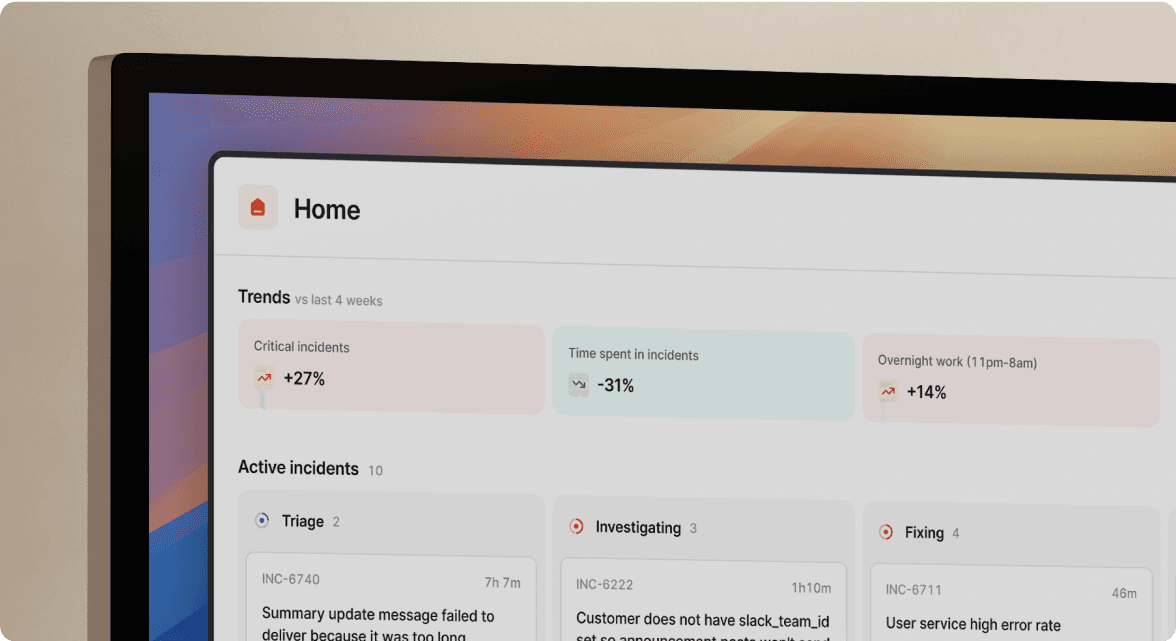How to run meetings that don't suck
November 20, 2023

In this episode, we chat with Lisa Karlin Curtis, Tech Lead at incident.io, about running meetings that, well, don't suck. In it, she gives actionable advice for running your own meetings, emphasizes why empathy in the workplace is important, reflects back on bad meetings she's run, and more.
Read Lisa's blog post on running meetings here.
You may also be interested in

Achieving pixel-perfect polish for Status Pages
Earlier this year, we launched our Status Pages product. In this episode, we chat with one of the product engineers on that project, Dimitra, about how that launch went.

How to run meetings that don't suck
What the world of software development can learn from consulting - why meetings are useful, and how to run them well.
So good, you’ll break things on purpose
Ready for modern incident management? Book a call with one of our experts today.

We’d love to talk to you about
- All-in-one incident management
- Our unmatched speed of deployment
- Why we’re loved by users and easily adopted
- How we work for the whole organization



